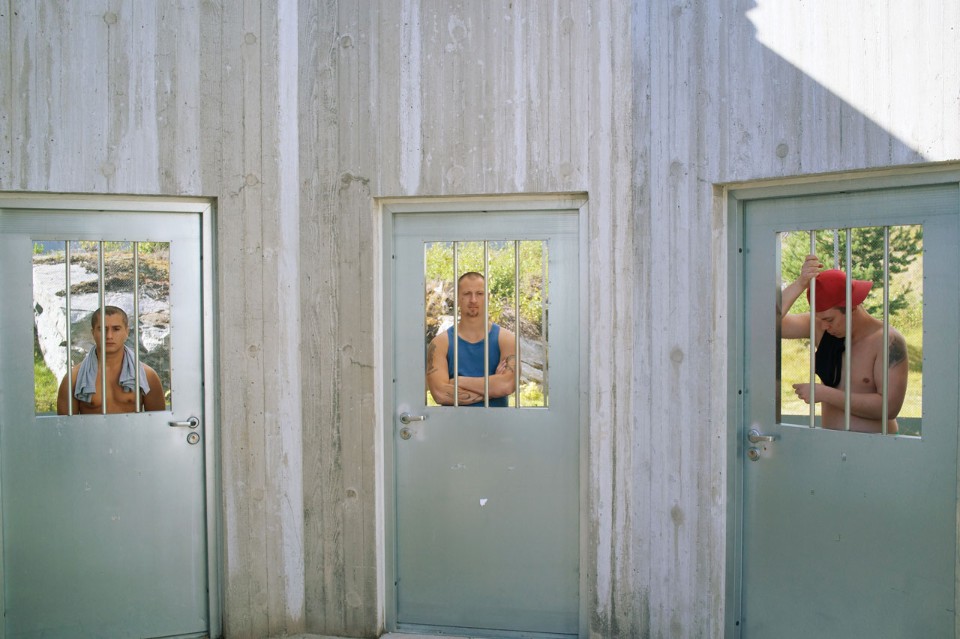Michael describes the space and via this the people who inhabit, use and endure it in a way that steers the conversation to the subject of architecture. He believes that, if he were an architect, he would share Frank Lloyd Wright and Jørn Utzon’s obsessive and painstaking attention to detail and the elements that construct a space; if he were dean of a school of architecture, he would ask each student to design a park or garden because a project that takes decades to come to completion raises issues that go beyond the immediate representation of the present.
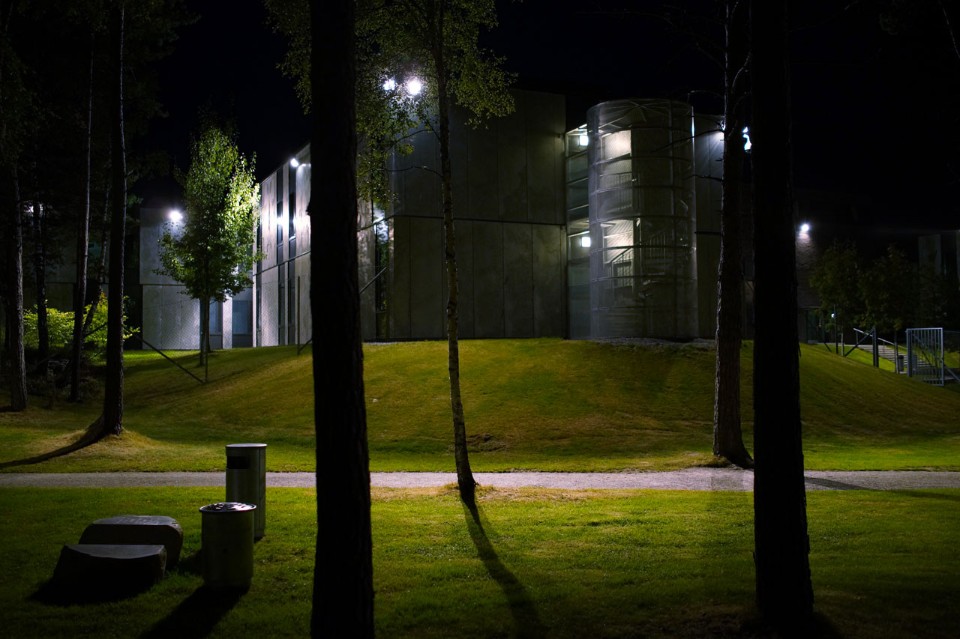
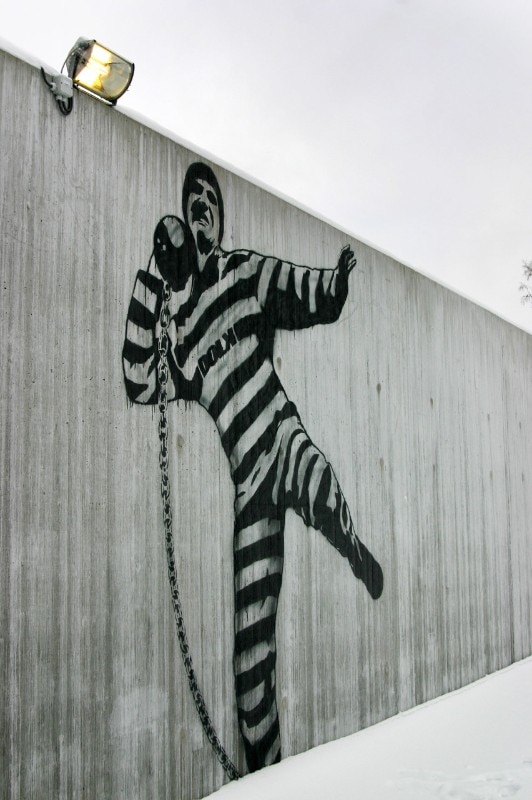
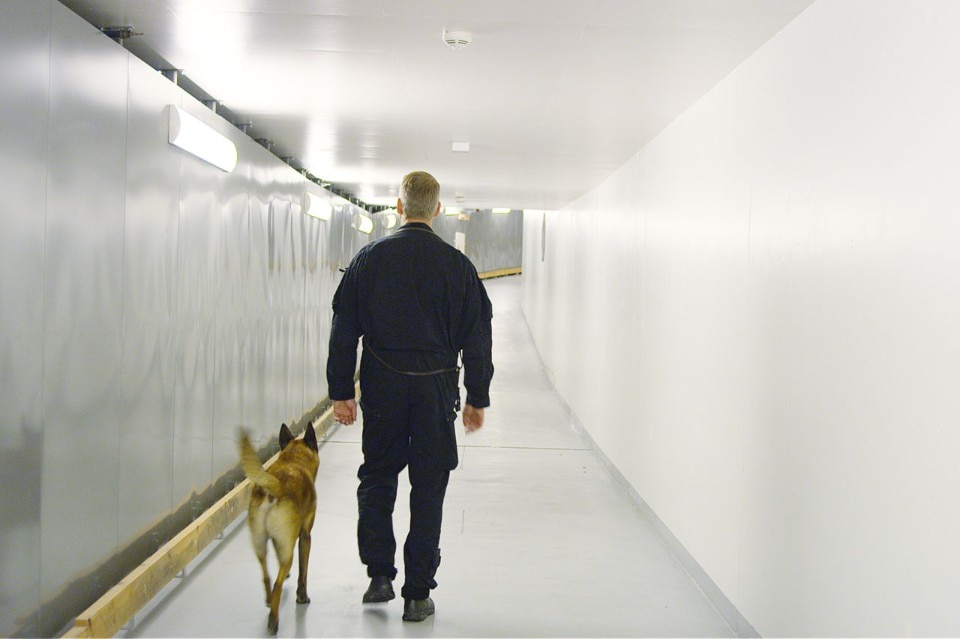
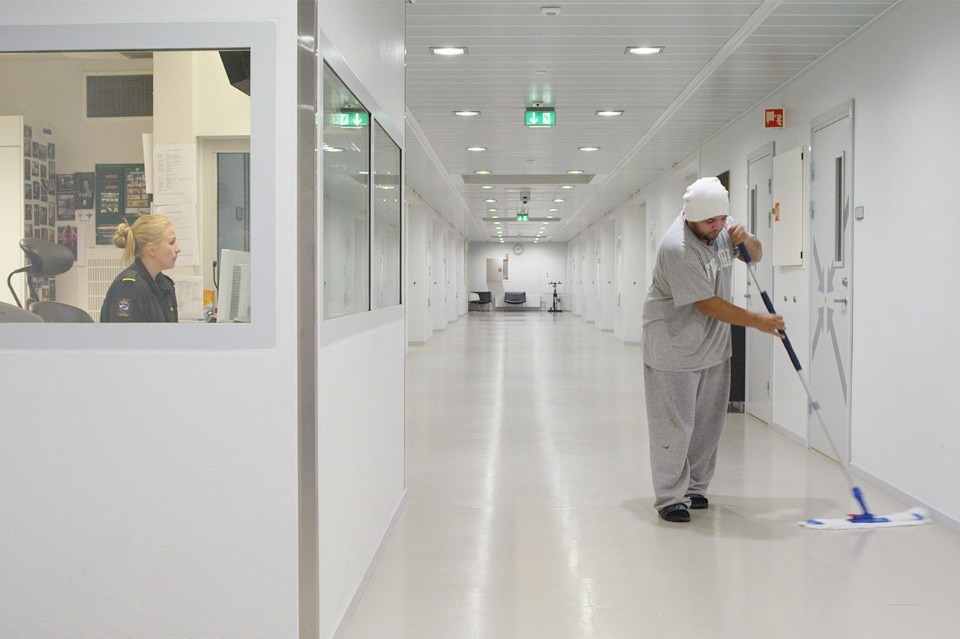
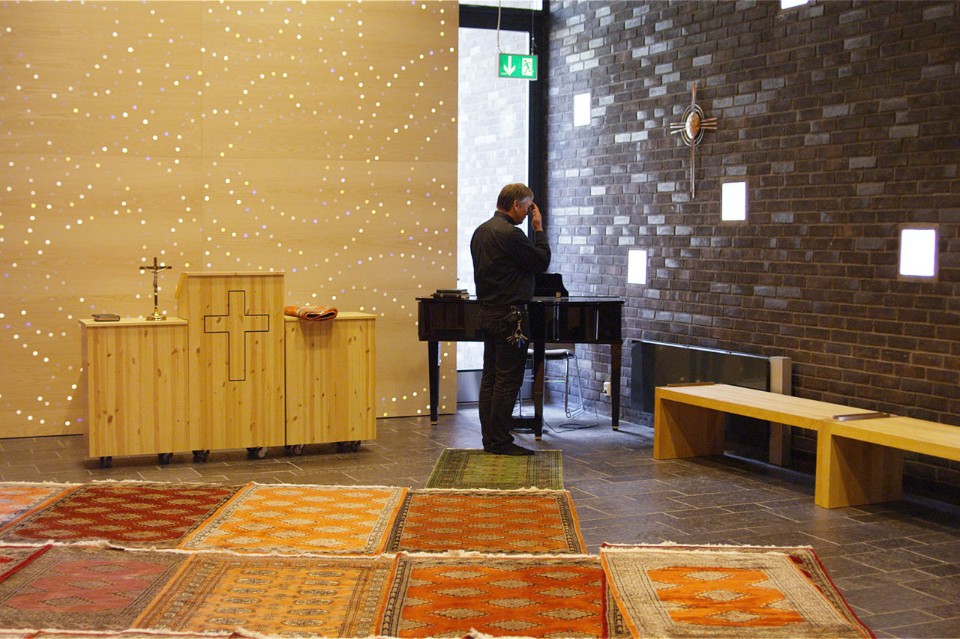
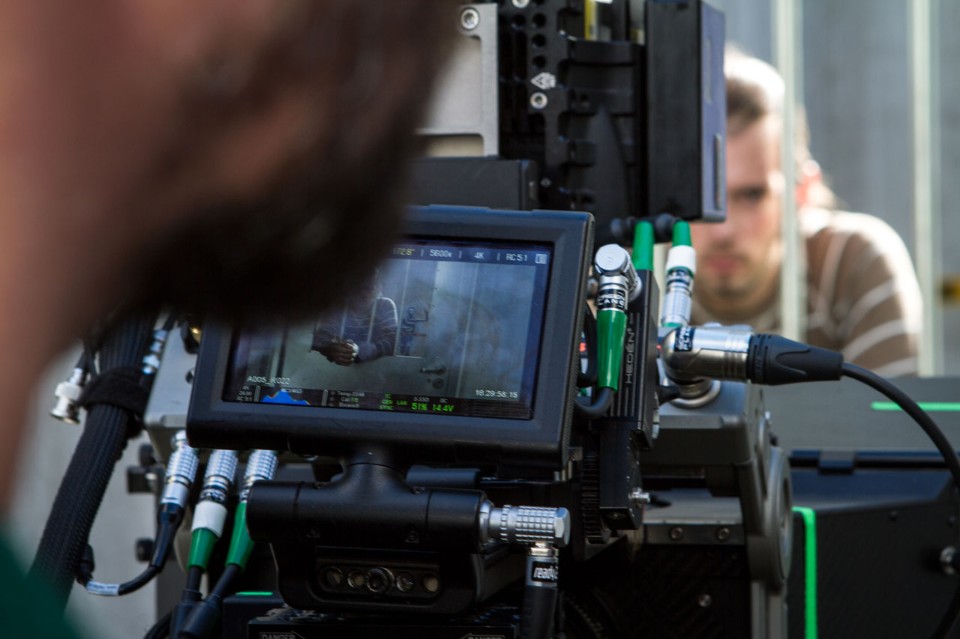
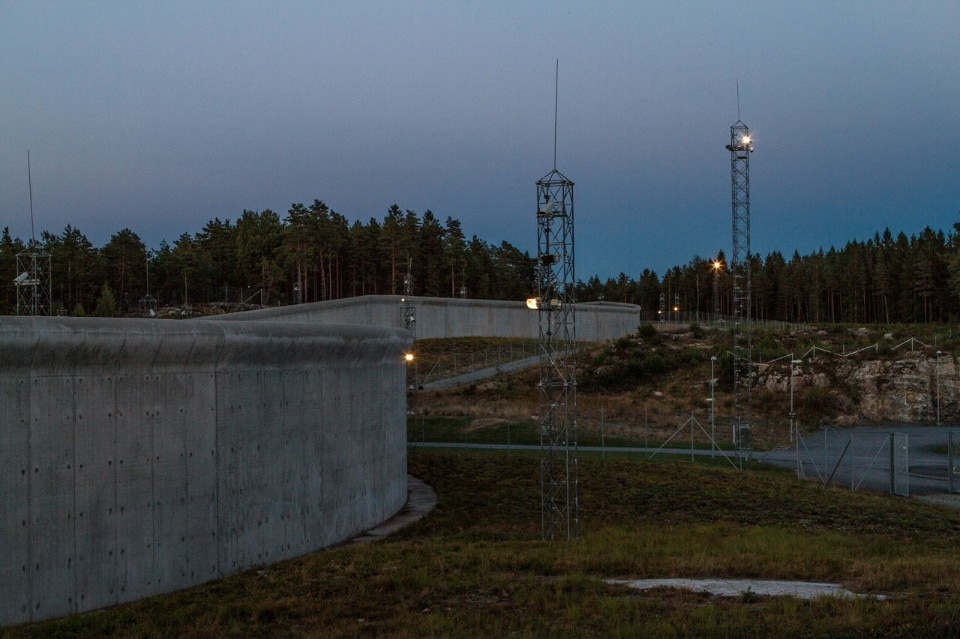
Since 2010, Danish artist and film director Michael Madsen has written and directed four documentaries: Into Eternity: a Film for the Future (2010); The Average of the Average (2011); Halden Prison (2014) and The Visit (2015).

